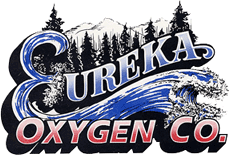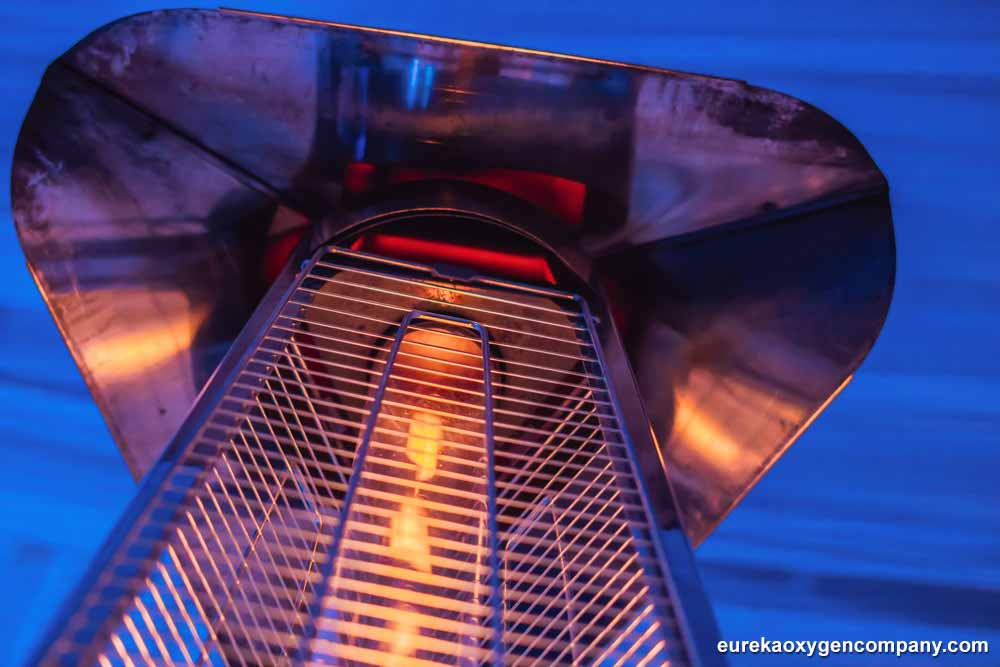Which is the best for heating?
When determining which of these liquefied petroleum gases is best for your heating purposes, you must consider the specific conditions in which you will be using your preferred heating method. Propane is a flammable hydrocarbon gas that has a sea-level boiling point of -44°F or -42°C, which is an important factor that we will discuss. Isobutane is also a flammable hydrocarbon gas, pressurized to achieve its liquefied state.
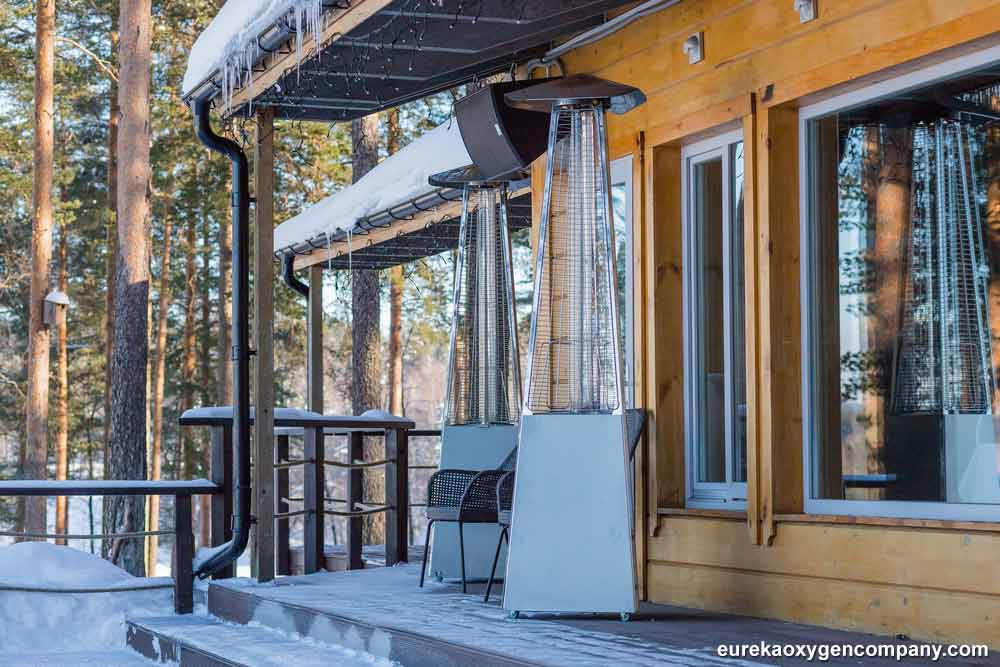
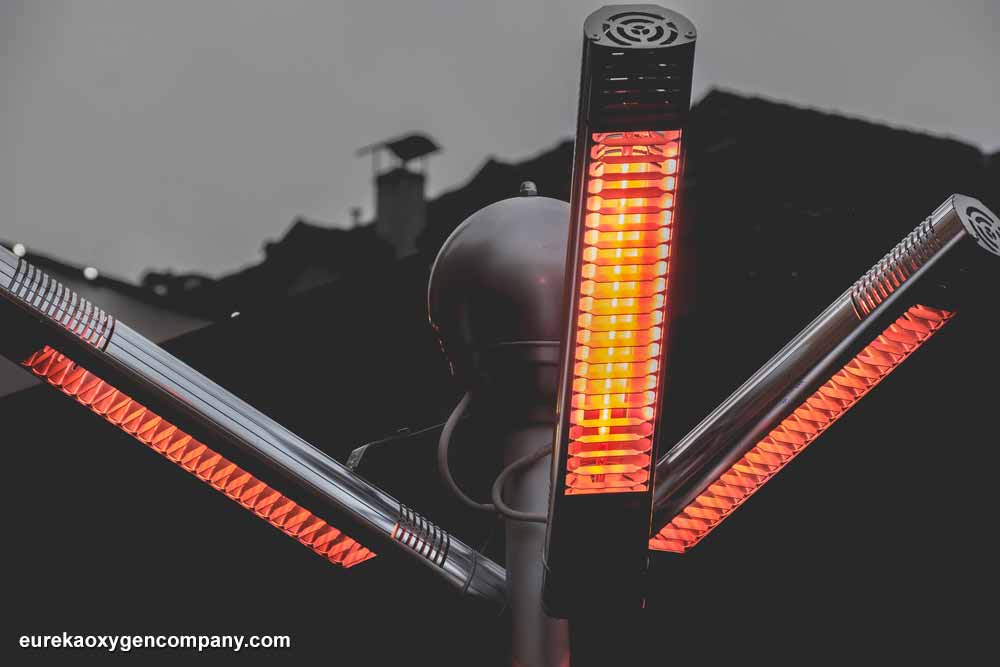
Heating efficiency
The exact heating efficiency of these liquefied petroleum gases mainly depends on the exact weather and climatic conditions in which they are used. Since it possesses a much lower boiling point than isobutane, propane is the best solution for use in cold winter temperatures. particularly for outdoor utilization during the height of the winter season, while the use of isobutane in such cold conditions can prove to be extremely difficult.
This is especially the case at temperatures beneath 20°F or -6.5°C. Below this temperature, isobutane gas will fail to vaporize (transit into a gaseous form), therefore making it impossible to ignite. Also, propane can deliver almost 90% of isobutane’s energy, meaning that propane tends to burn much longer than isobutane. Therefore, propane has a better heating efficiency in comparison with isobutane.
Cost
Propane is a more affordable option when compared with the cost of isobutane. This is simply because it is a cheaper solution than not only isobutane but most other pressurized gases.
Types of propane and isobutane heaters on the market
There are 3 different sorts of indoor LPG heaters currently available. First, there are flued LPG gas heaters, which are basically built-in heaters that are installed in residential structures. Flued heaters are much safer to use than unflued or LPG heaters, and are preferred over the latter for use in smaller rooms. Flued LPG heaters also provide better air quality making them more suitable for those who suffer from allergies or asthma.
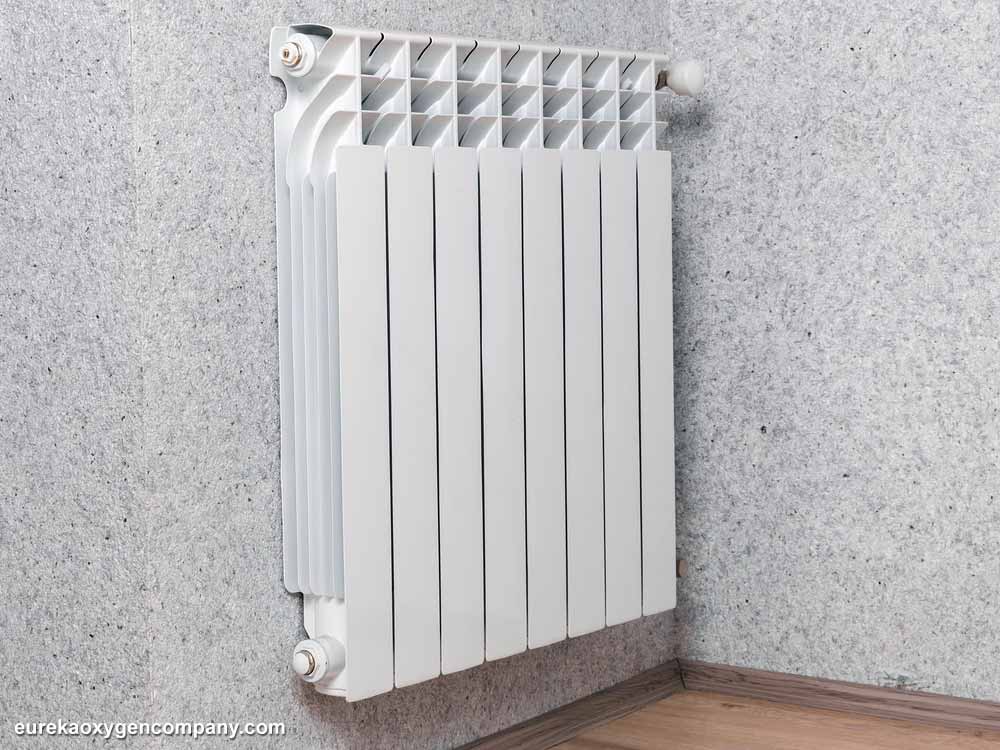
Propane and isobutane gas heater for indoor use
All LPG heaters designed for indoor utilization are completely safe to use indoors. This is particularly so when they are maintained regularly and used properly. To always ensure that your indoor LPG gas heater remains safe, it is wise to have it serviced by a competent gas fitter no less than once after every two years. Additionally, sufficient ventilation is necessary, particularly if you are using an unflued LPG gas heater.
